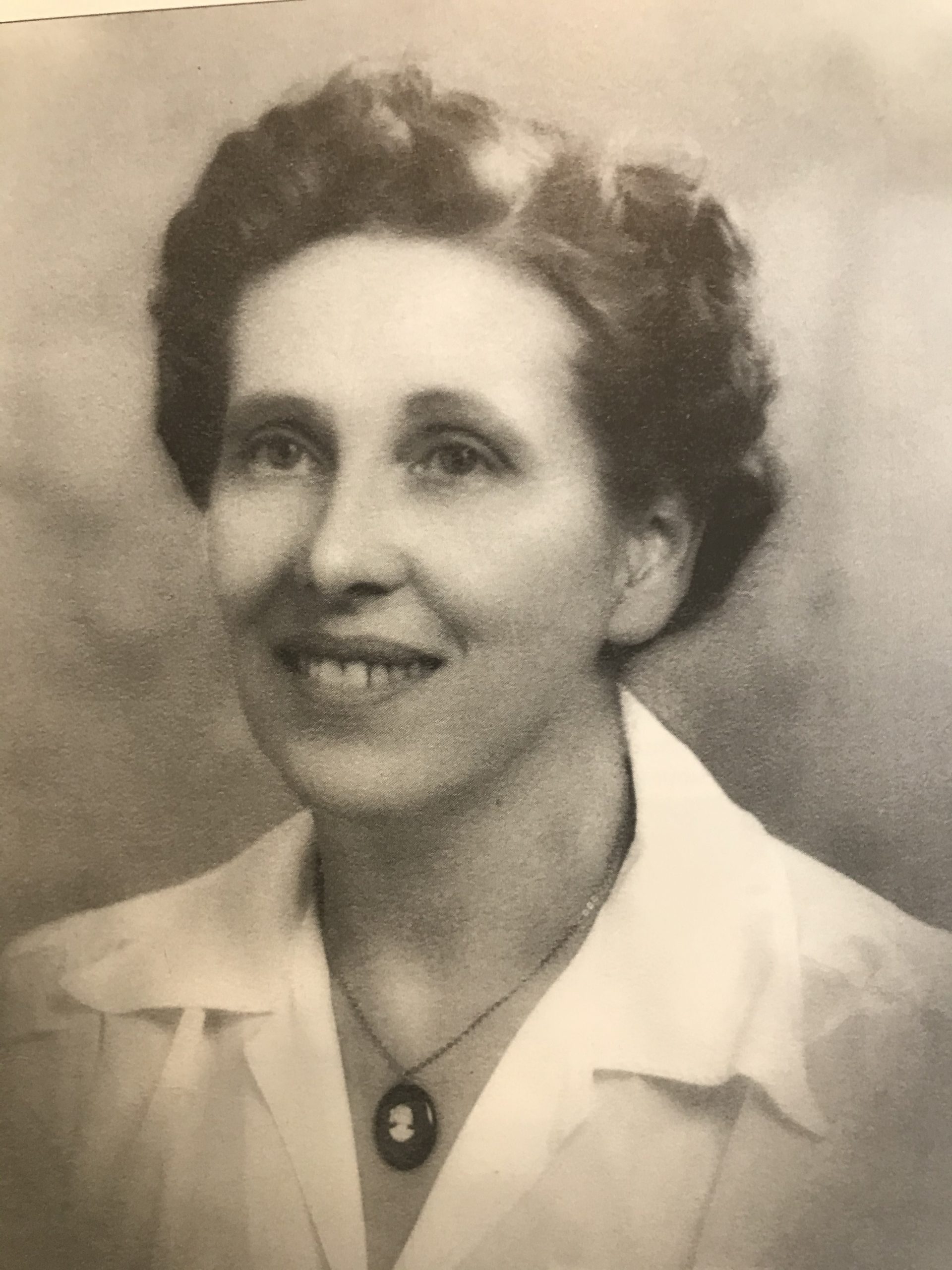Rugged Monterey Coast Line Is Paradise for Rock Hounds
Jade has been held in reference by the Chinese for centuries. Pieces of the precious green gem were called petrified dragon tears. They believed jade possessed all the virtues, bravery, loving kindness, great intelligence and true virtue. Its wearer was safe against all evil.
As far back as we have any record of culture jade has been known. It was used by stone-age man for implements and weapons. Artifacts of jade, carved long ago, have been found in nearly all parts of the world. Axe heads were unearthed in the ancient Swiss lake dwellings. The New Zealanders shaped coarse adze blades of jade as did the Eskimos. The Mayans and Aztecs of Mexico carved images of their gods from the precious jade.
It has been called indestructible as indeed it seems to be. It became a mark of nobility, the coin of emperors. It was used as a protection against disease and as a magic talisman.
The value of jade as with most precious stones lies in the eye of the beholder. In the United States a necklace of jade sold for $56,000. It was thirty inches long weighing 304 carats. In 1935 an oval jade bowl of emerald green color sold at auction for $3,500 in London.
BUT JADE is not valued by money alone – no matter how commercial one’s interest, he still feels something of the old time magic of jade. Jade may be the color of moss, the green of a peacock’s tail or the lovely apple green that is nearly translucent. It is sometimes yellow-green, white or so dark a green it is called black jade.
At one time the mention of jade suggested exotic places China, Burma or New Zealand and it was not until 1936 that Spencer Parmalee found a worn pebble on the Monterey beach that looked like jade. He sent it to Dr. Austin Flint Rogers of Stanford University who tested it and found it to be nephrite jade. Since then thousands of jade pebbles have been collected and down the coast sixty miles south of Monterey great deposits of jade were found along the serpentine bluffs – serpentine being the host rock or mother of jade.
Jade Cove (named by R. A. Crippen who studied the deposits) lies off Pacific Valley and is visited by thousands of rock hounds or fossickers. Many boulders are still to be found in deep water and sea caves where only skin divers may reach them. Specimens are found along the beaches more and more rarely.
Artifacts of jade have been found in the old Indian camp sites, many of them showing signs of being burned. The Indians no doubt used these to heat food or water, first heating them in the camp fire, preferring them to common stones as they do not shatter. Arrow heads of jade are found and stones, smoothly worn to fit the palm, probably used as a pounding tool. Jade beads have also been found in Pacific Valley.
IT IS HIGHLY probable that the Chinese placer miners found jade along the coast streams of Monterey County a century ago and did not disclose it. To them jade is “the stone of Heaven.”
The fabulous Chan jade mine near Happy Camp in the Siskiyou mountains yields nephrite of gem quality, jade of a fine clear green called Happy Camp jade. Here also is found the sacred white jade so dear to the Chinese.
Jade is found in Tulare, Calaveras, Plumas, Placer and El Dorado counties, but the Monterey County coast jade has drawn more collectors to its area than any.
Mrs. Lawson Shaug of Cambria tells of sitting on a smooth green boulder shaped like a saddle when a small child watching her father, Byron Plaskett, fish off the rocks on the Pacific Valley coast. She loved the smooth feel of the green seat, little dreaming it was precious jade. The usual exploitation of the jade deposits by ruthless commercial dealers took a great toll of the jade until it was stopped by the Government. Before that, dynamite was used and great jade boulders brought up by winch or windlass.
MORE
SEVERAL YEARS ago, Ernest Porter, skin diving sixty feet off shore at Jade Cove found a huge boulder of apple green jade in thirty feet of water weighing 1300 lbs. Assisted by Laurence Thomas, he contrived to hoist it into a wire basket using a winch and tow it to Morro Bay underneath a rubber raft. Here, the great green boulder lay, still in its wire cage on a vacant lot near the water front attracting much attention until recently it was sold to the owners of the “Pottery Shack” of Laguna Beach where it is now on exhibition.
Plaskett Creek camp ground is a convenient spot for jade seekers. It is a Forestry camp with tables, benches, camp stoves and adequate rest rooms. A style points the way to Jade Cove, but the path down the cliff is steep and dangerous and only the physically fit should attempt it. Once there the elusive green gem is hard to find and requires both persistence and patience. However, when after hours of tiresome digging and scratching you come up with a specimen of lovely apple green jade your day is complete and you decide it’s all worthwhile.
All in all jade collecting is a highly rewarding hobby for one who loves the outdoors for whether or not you find a fortune you meet wonderful people in your quest who will enjoy with you the beauty of mountain and sea and laughingly agree with you that like gold “Jade is where you find it.”

Mabel Sans Plaskett was born in Coralitas near Ben Lomond in the Santa Cruz Mountain area of California. Her father Edward Robert Sans ran a saw mill near Pacific Valley, along the Nacimiento – Ferguson road to the coast at Highway One. It was there she met Edward Abbott Plaskett, her husband. Mabel wrote about the coast and the pioneers of the 19th and 20th Centuries.

Recent Comments